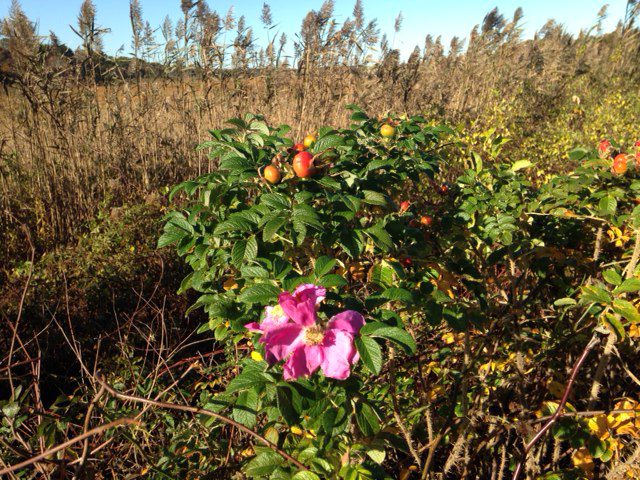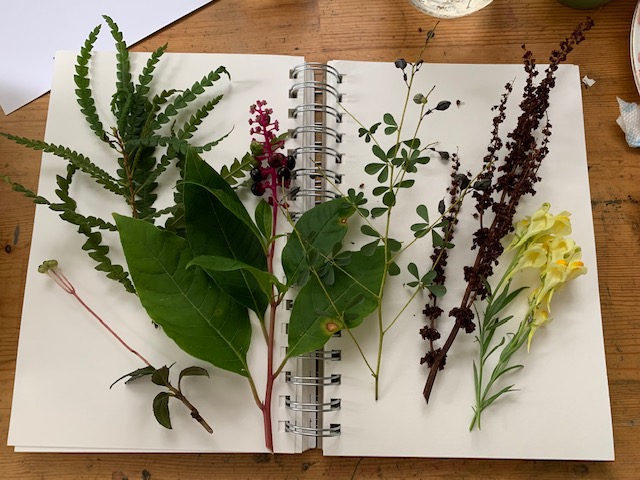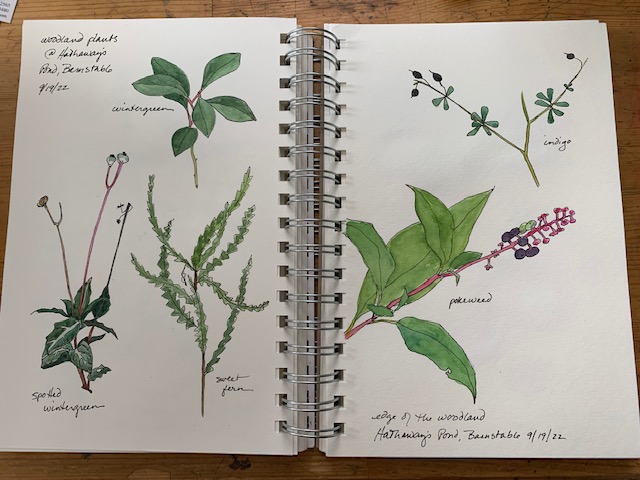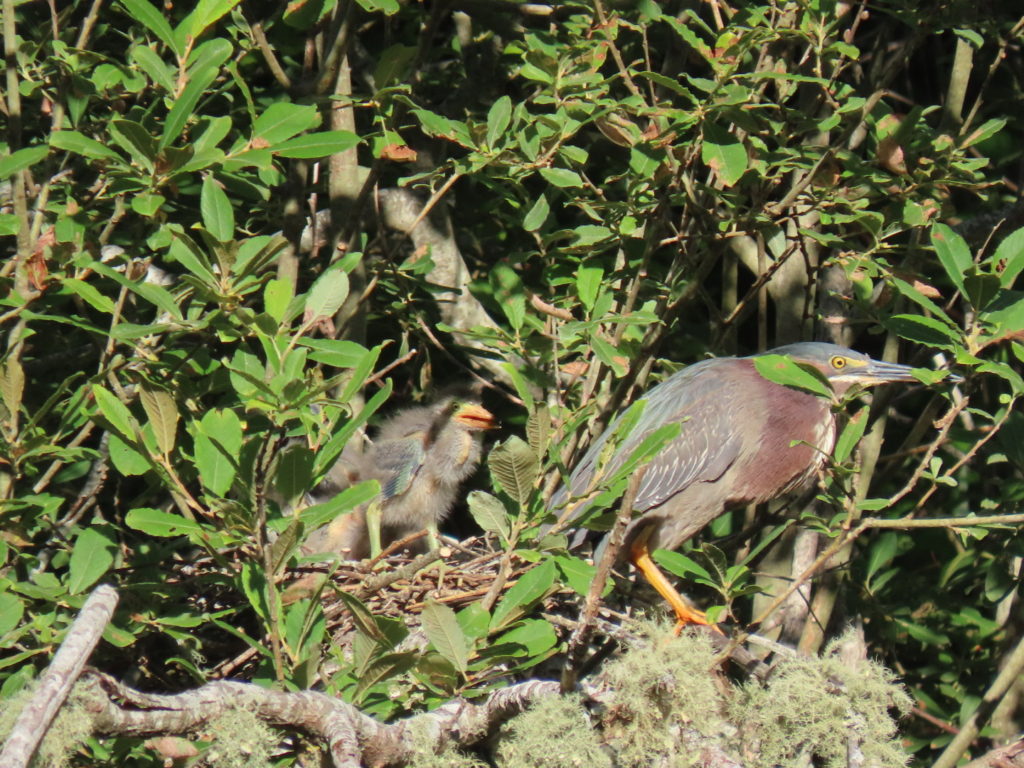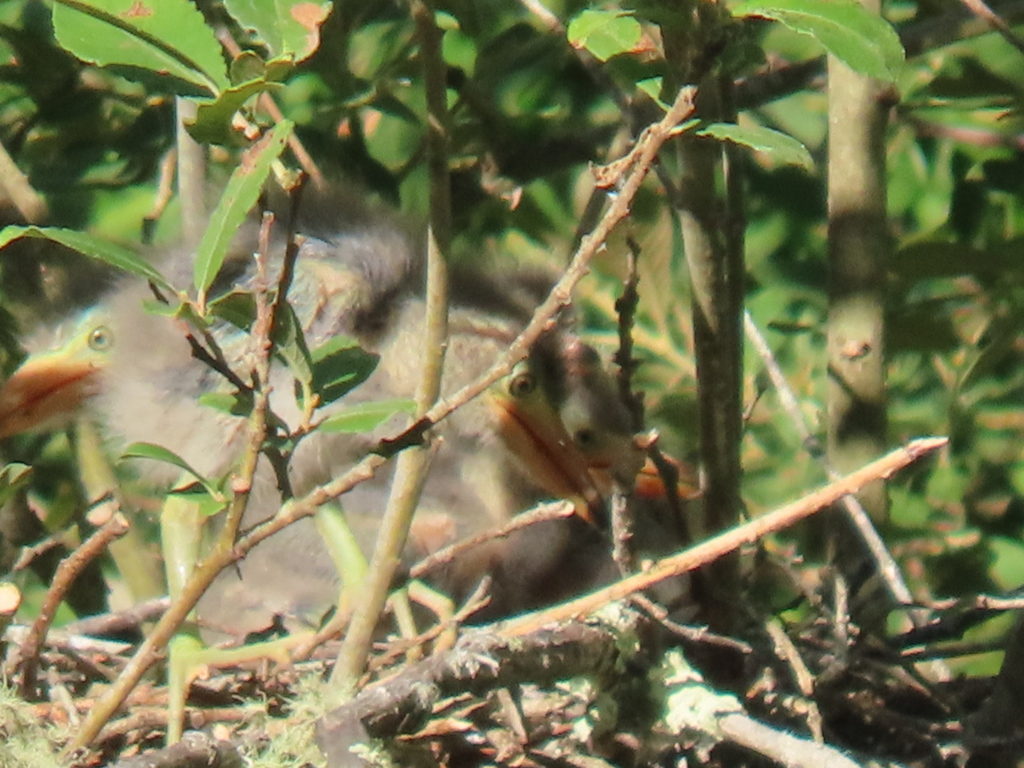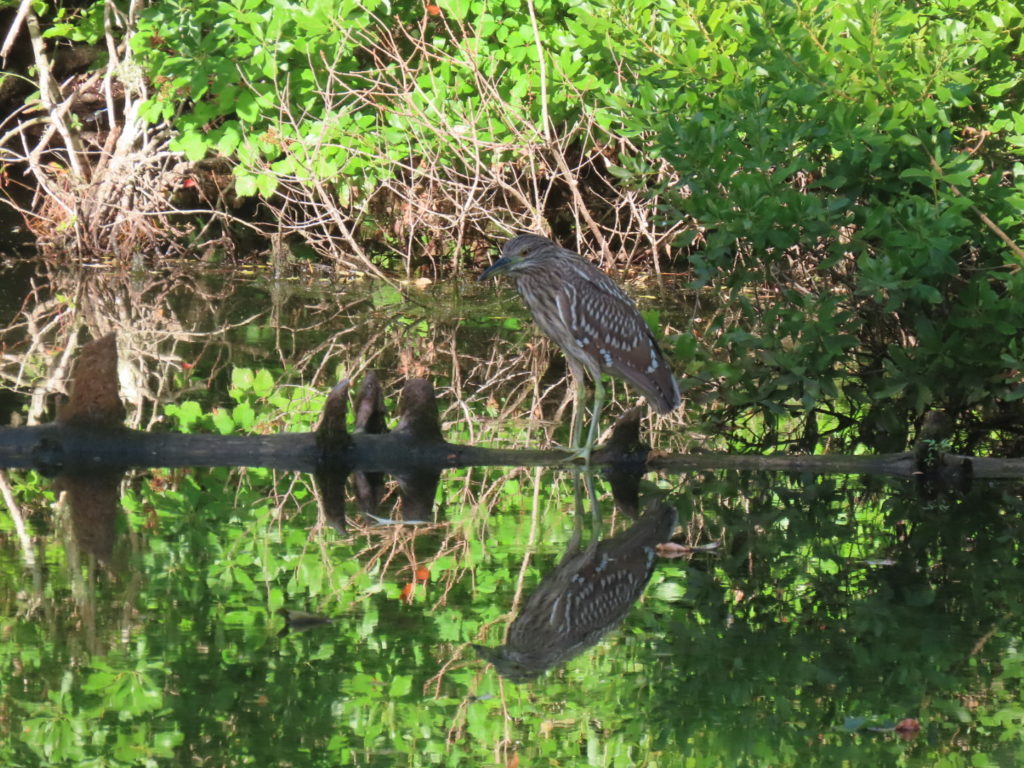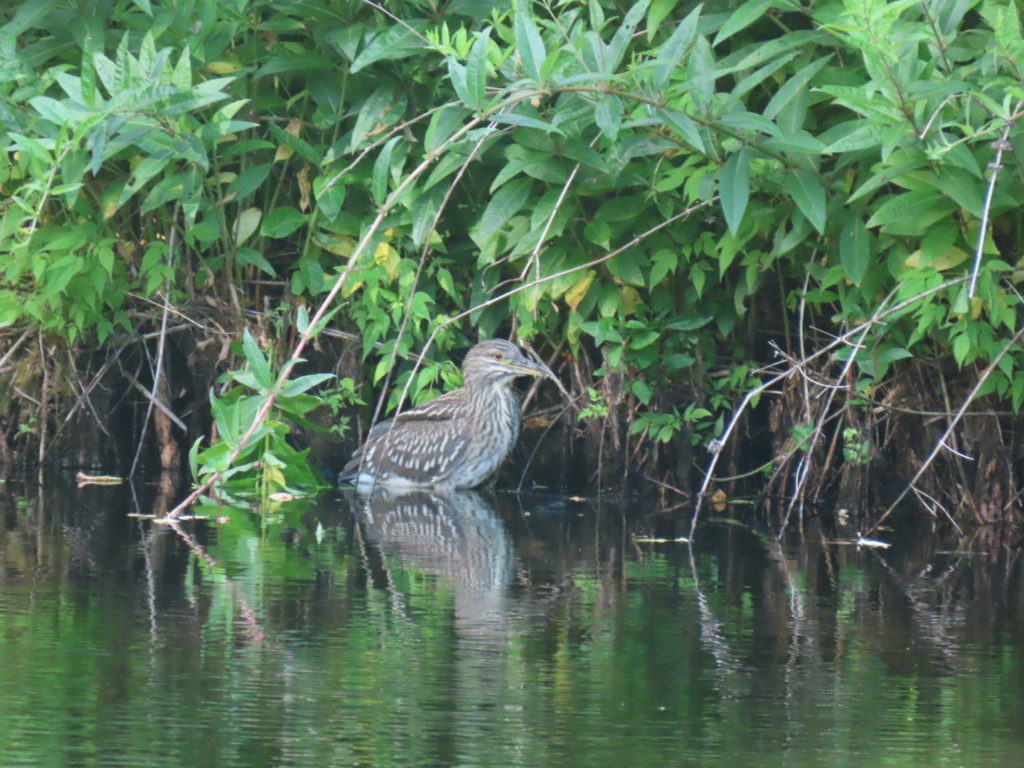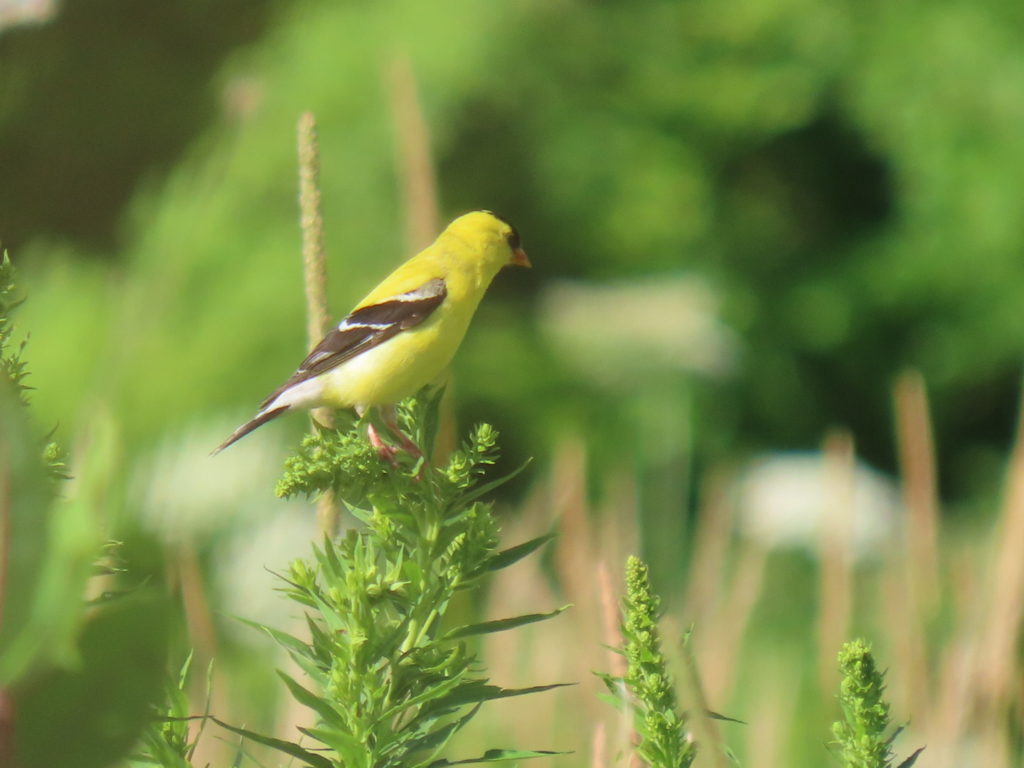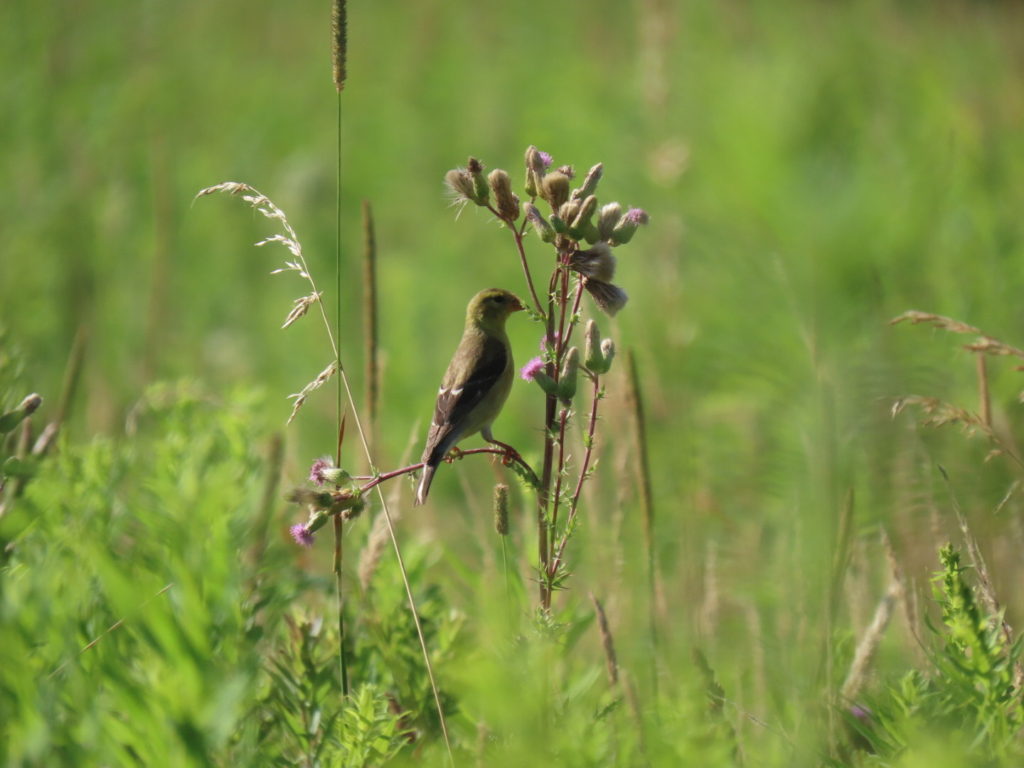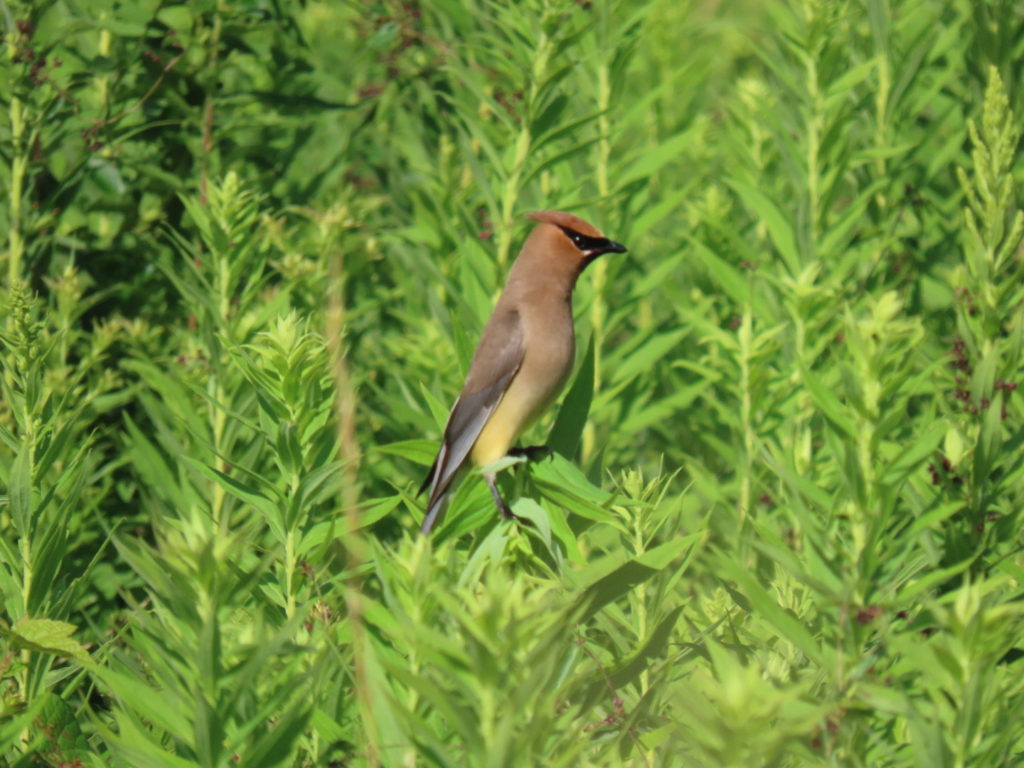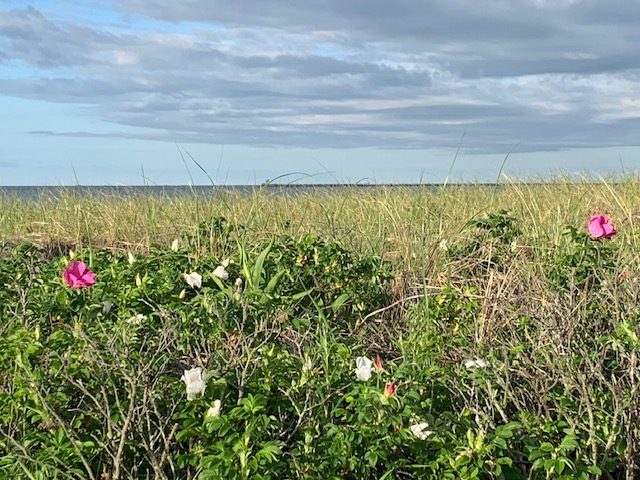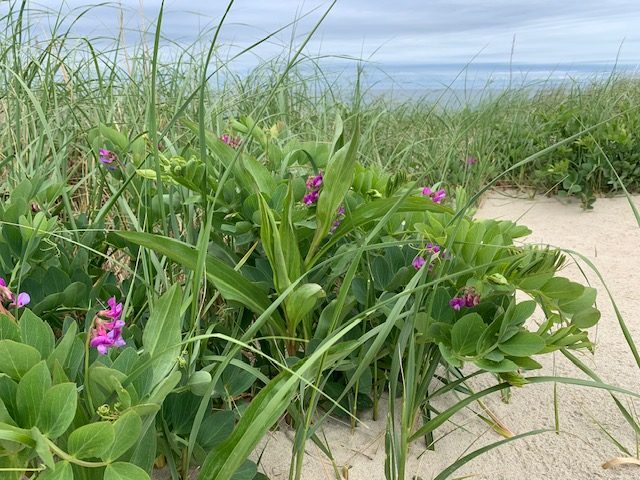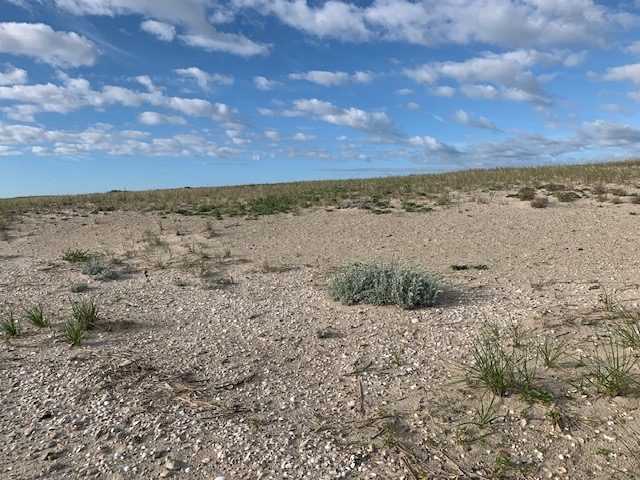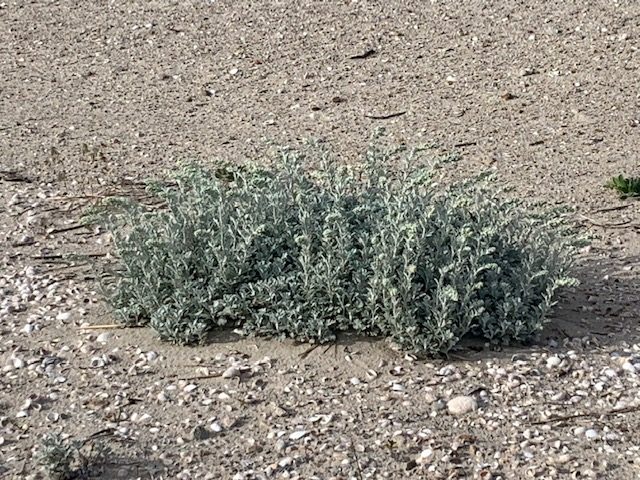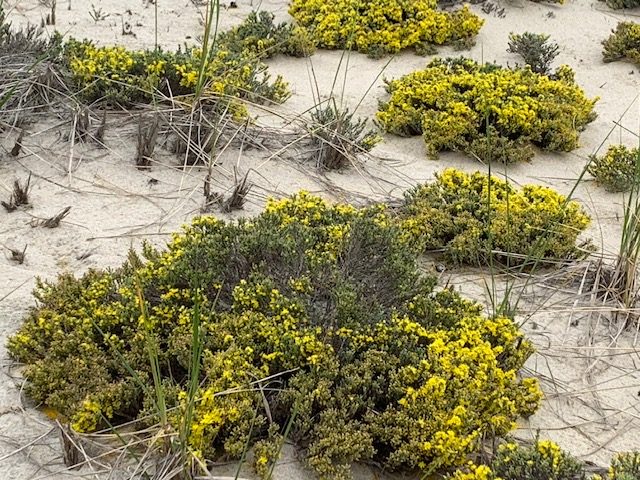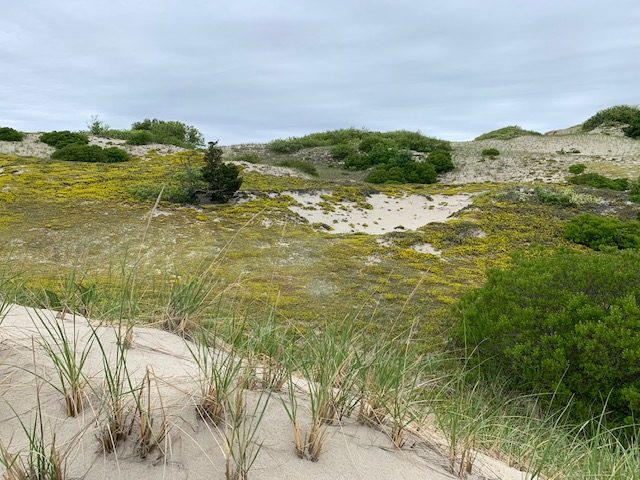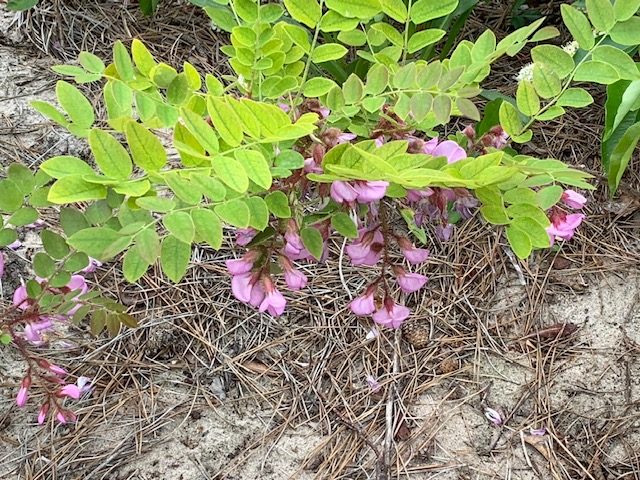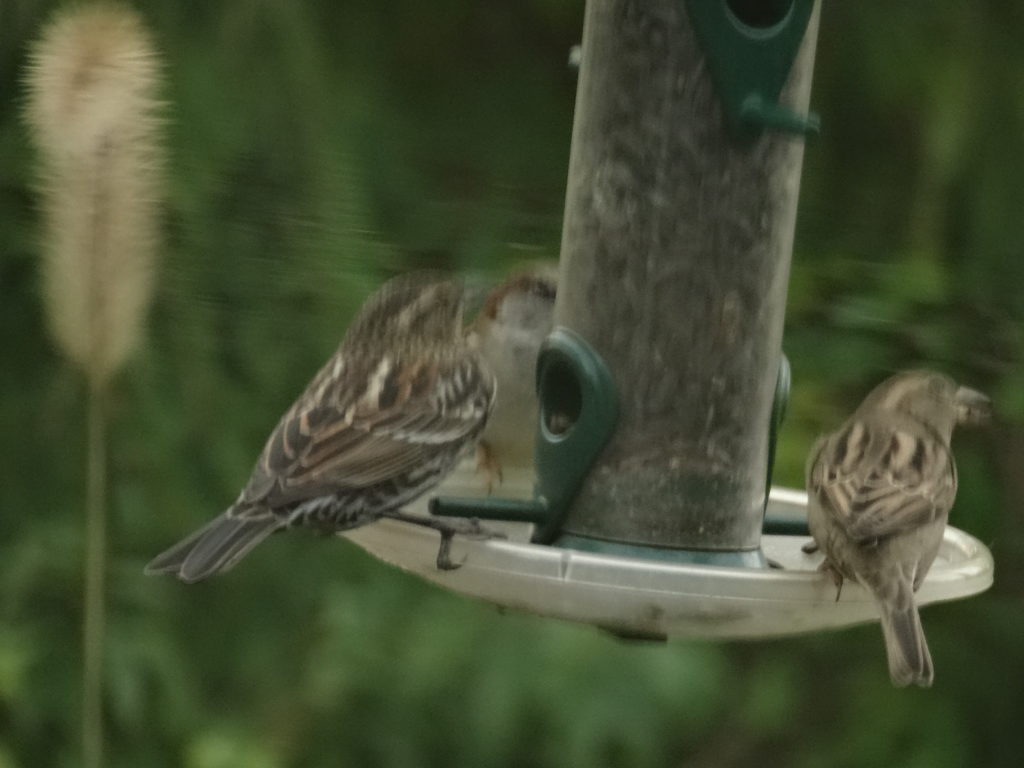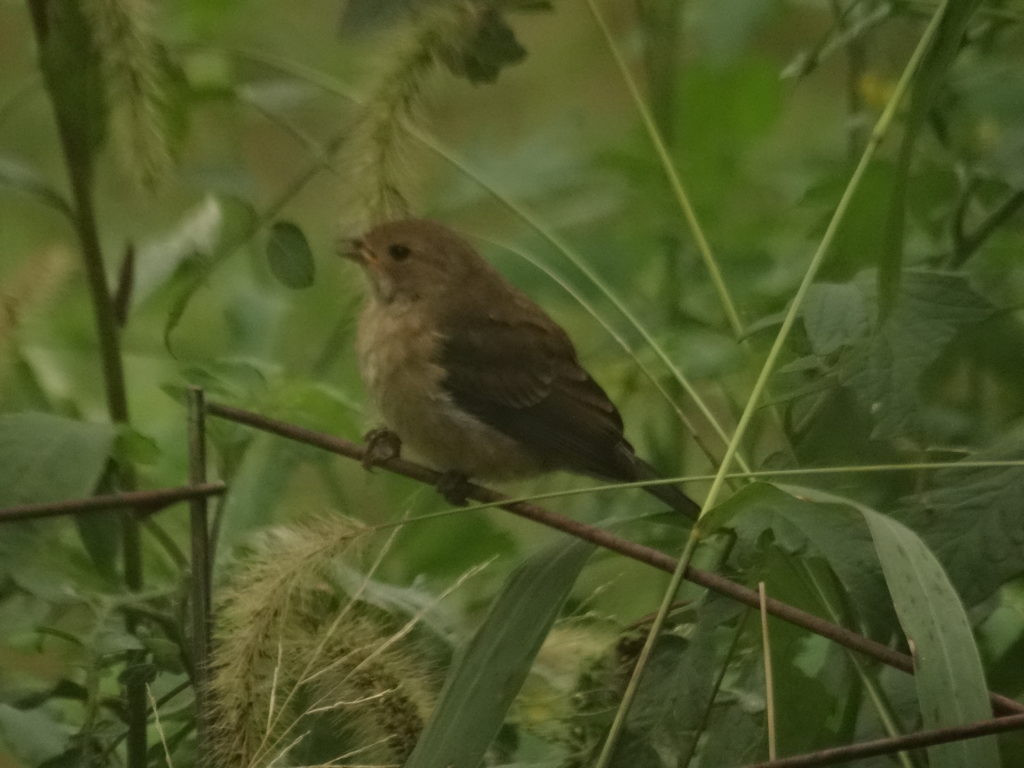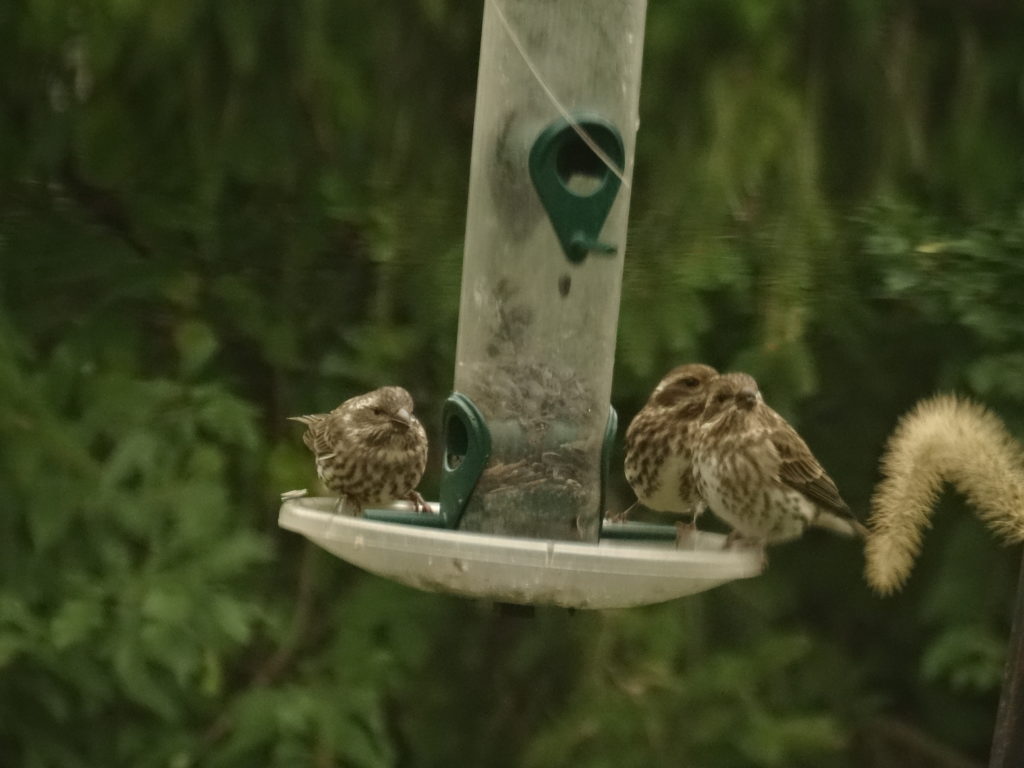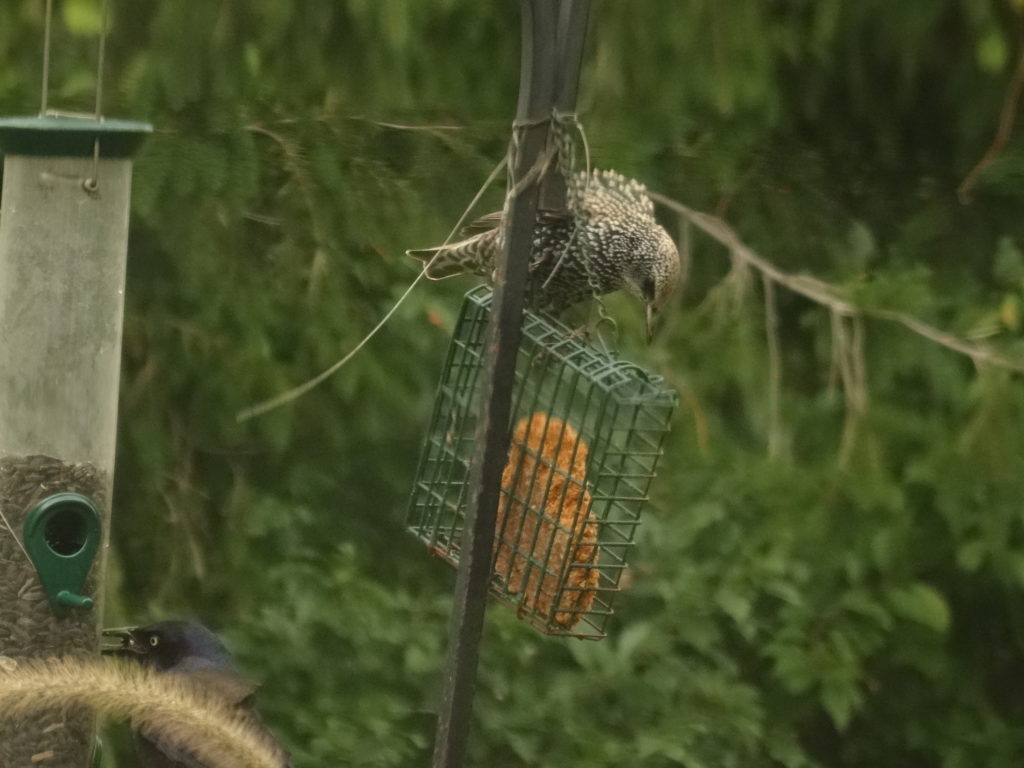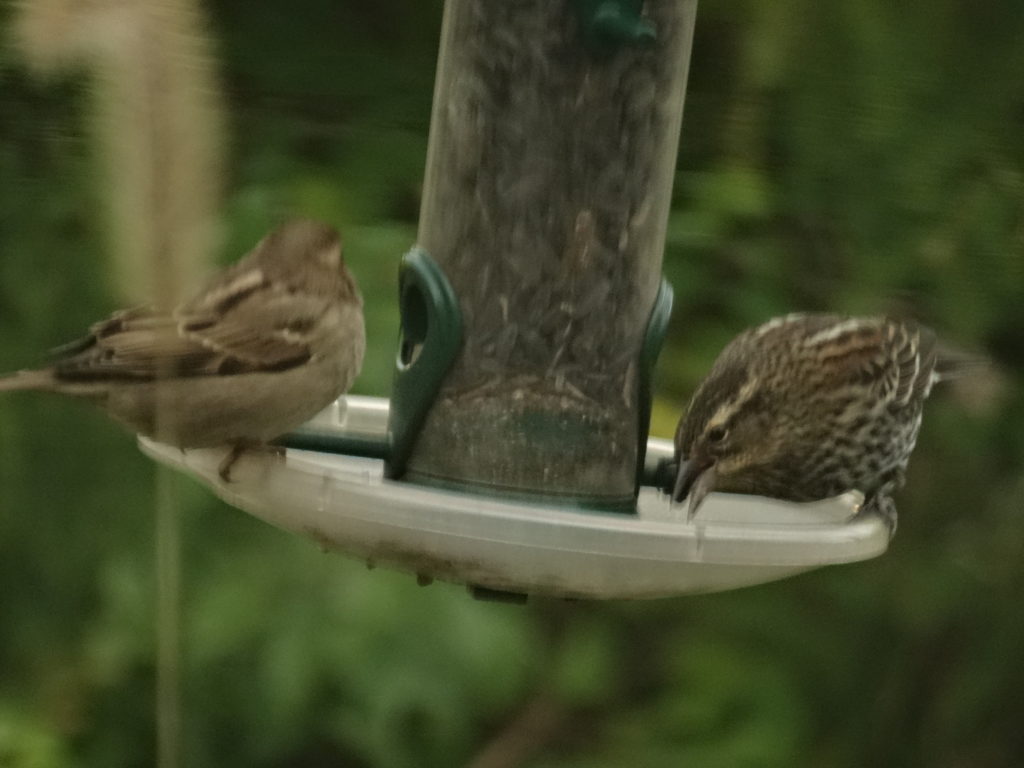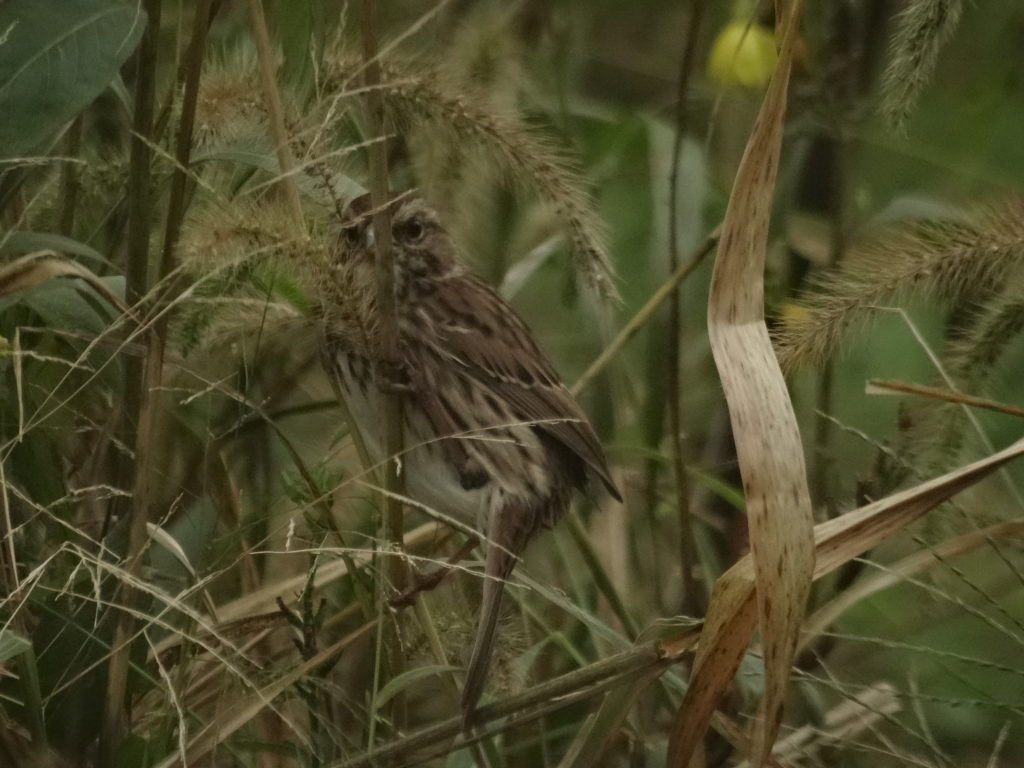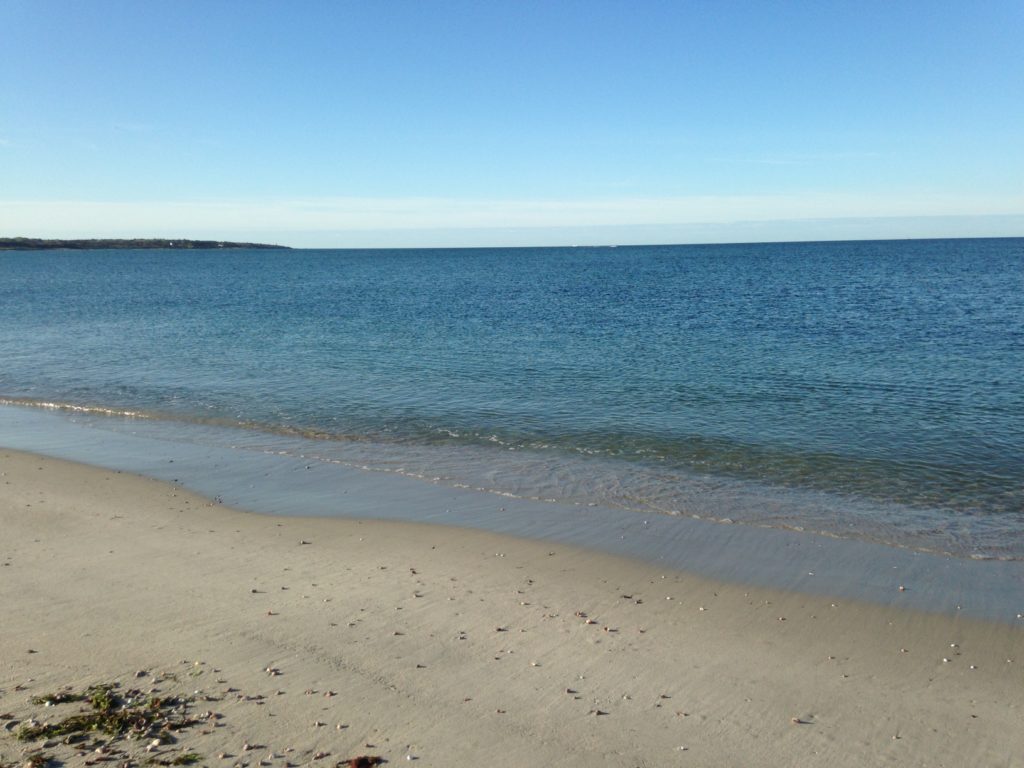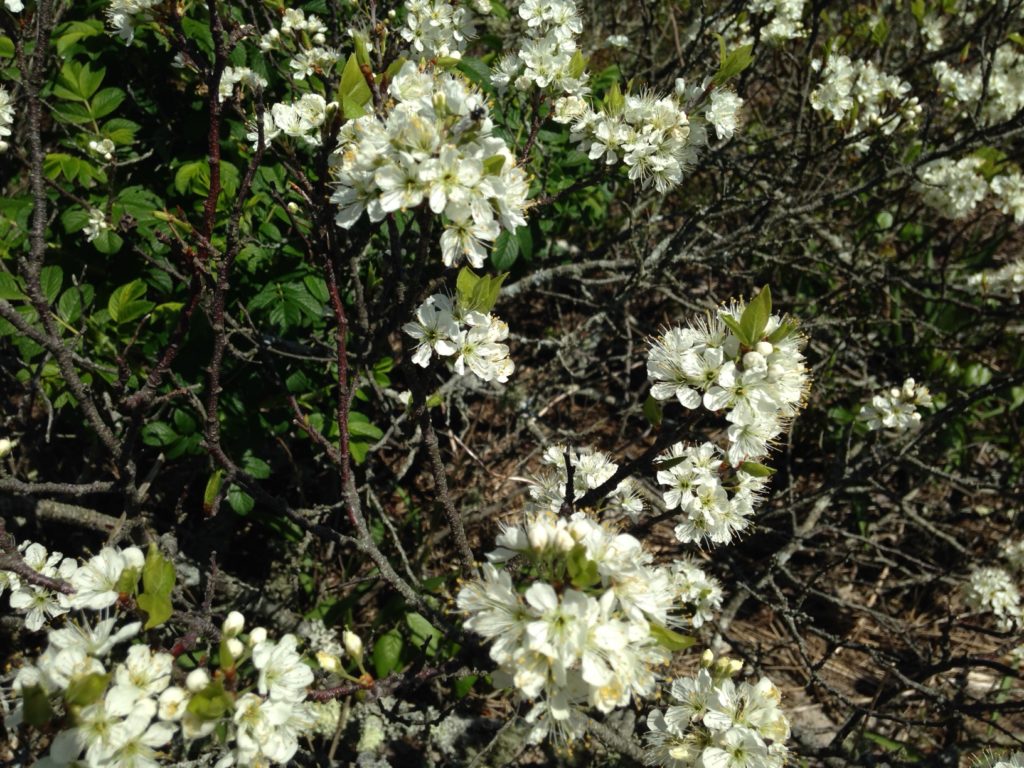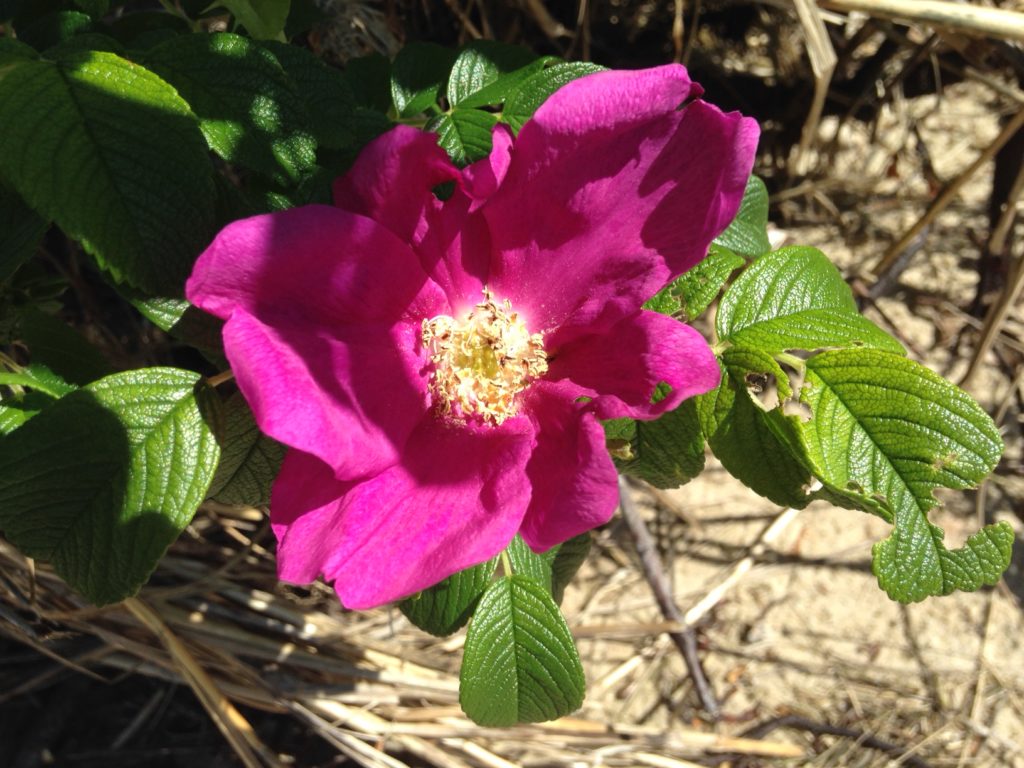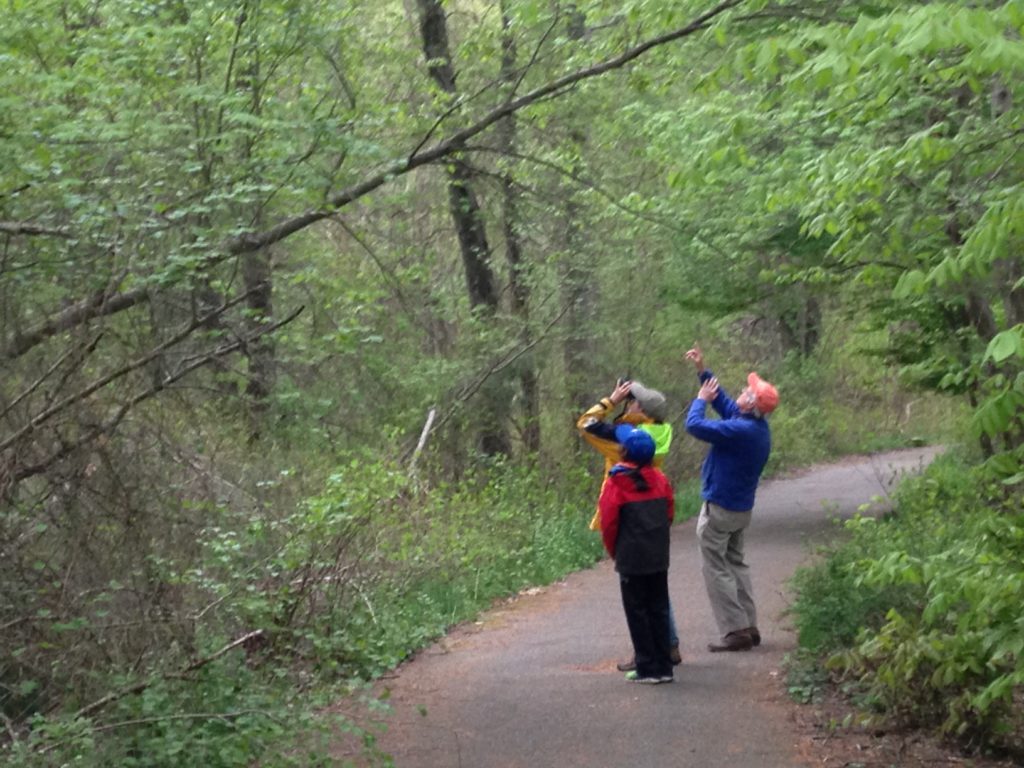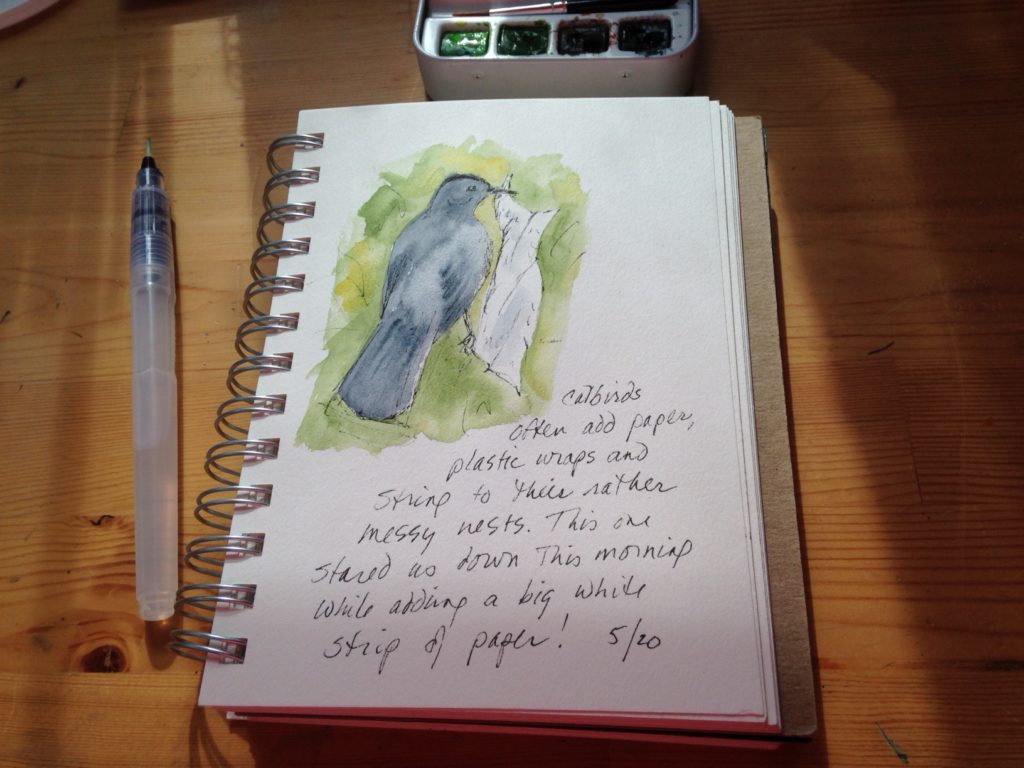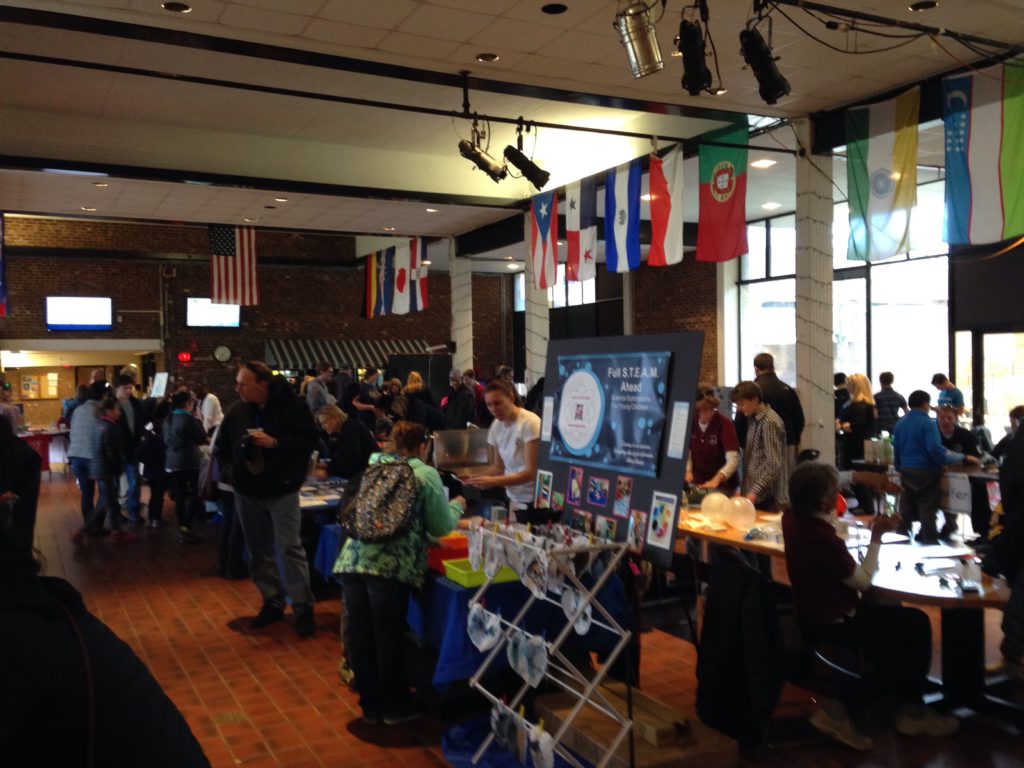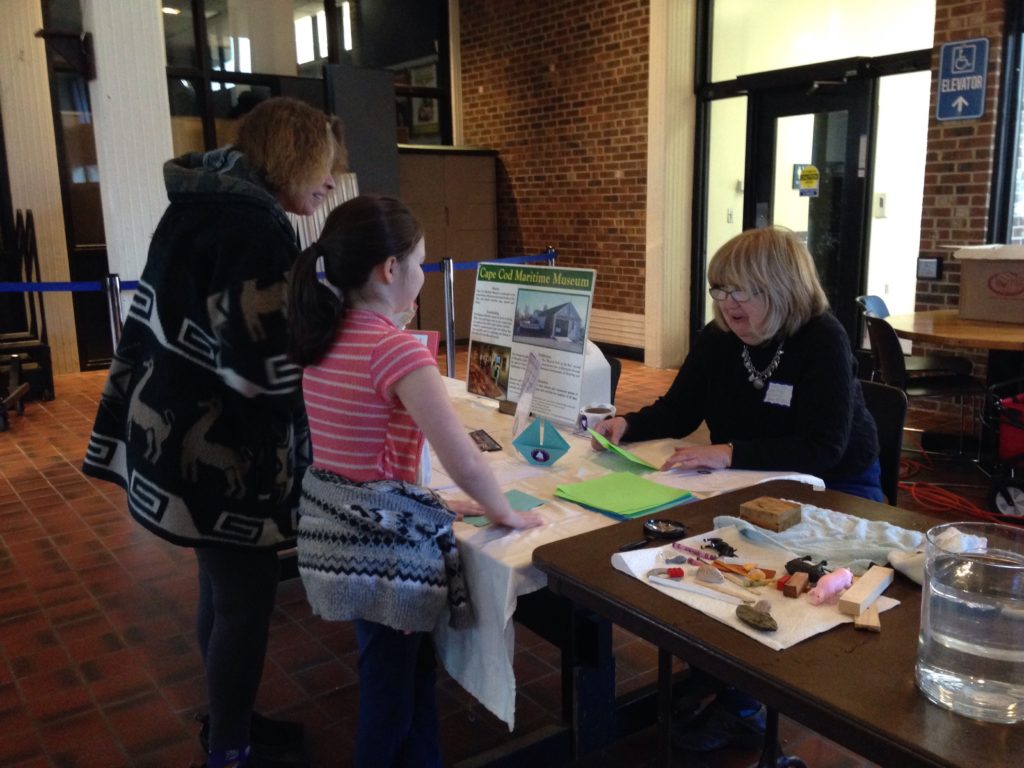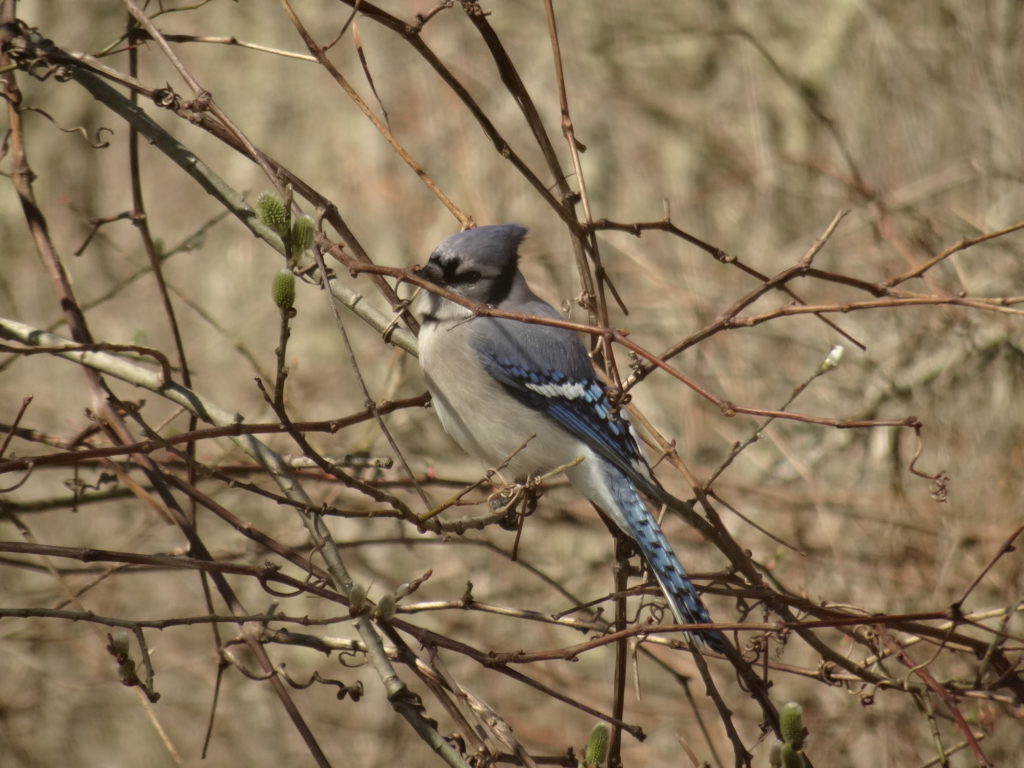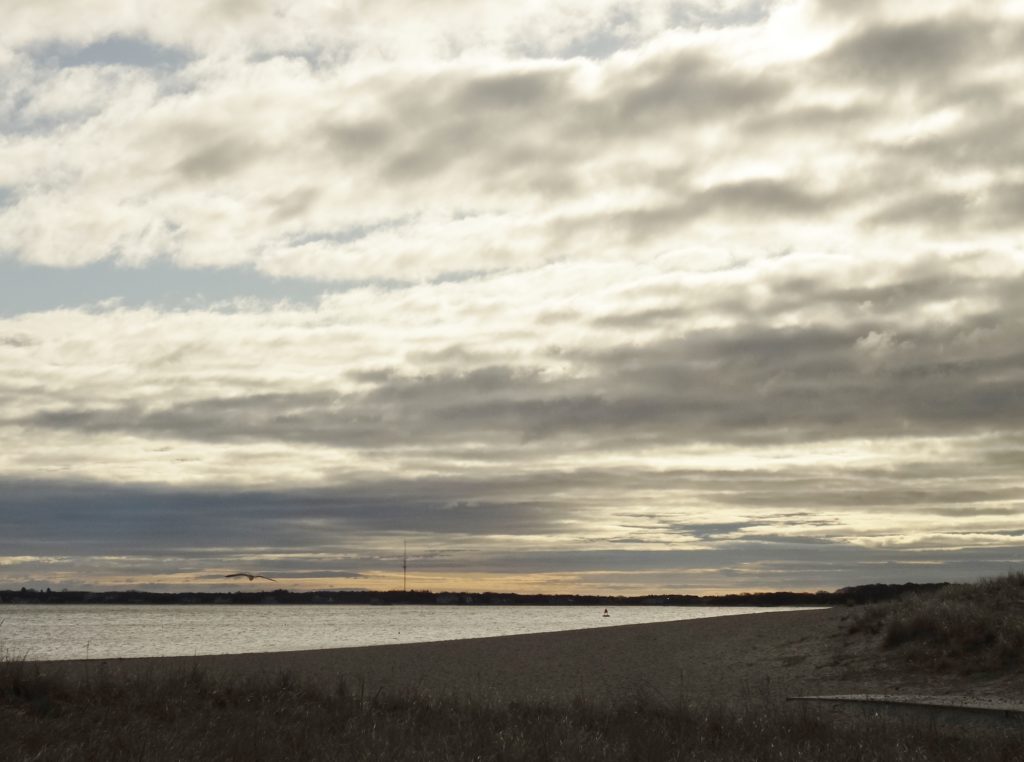Cape Cod always gets her colors a little later than the rest of New England. Blame that warm air coming off the ocean. Eventually, though, cooler temps do catch up with us. Our colors are subtler than those on the mainland, but I love them. Maybe because I grew up with them and they’re what I know…
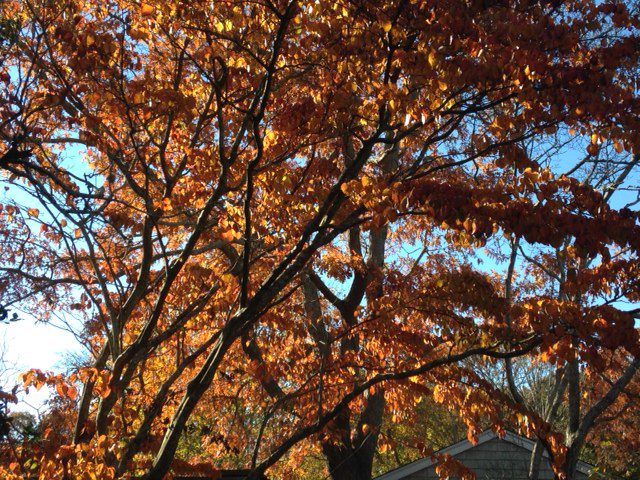 Last week my column in the Enterprise was about the colors of fall. They no longer allow readers to read online if they aren’t subscribers, so I am posting the column here. Please remember this is a fully copyrighted piece and is not for any other use than reading here. You may share the post, with full attribution.
Last week my column in the Enterprise was about the colors of fall. They no longer allow readers to read online if they aren’t subscribers, so I am posting the column here. Please remember this is a fully copyrighted piece and is not for any other use than reading here. You may share the post, with full attribution.
Changing colors
The changing of the leaves has been a sporadic, duller than usual event this year on the Cape. There have been some bright spots but mostly it’s been lackluster, even depressing. For me, it’s been an example of our physical landscape imitating our political landscape, too full of grief and despair to celebrate much of anything. Many leaves have simply dropped, never changing color at all, leaving their trees naked and gray against the November sky.
The salt marshes never fail to bring a smile to my weary soul, though. They range in color from luminous gold to rusty tones of orange. It’s a fleeting wash of color, as if from a watercolor brush. I stop and take it in while I can, let the richness as well as the delicacy of color settle in me, to help see me through the long winter ahead.
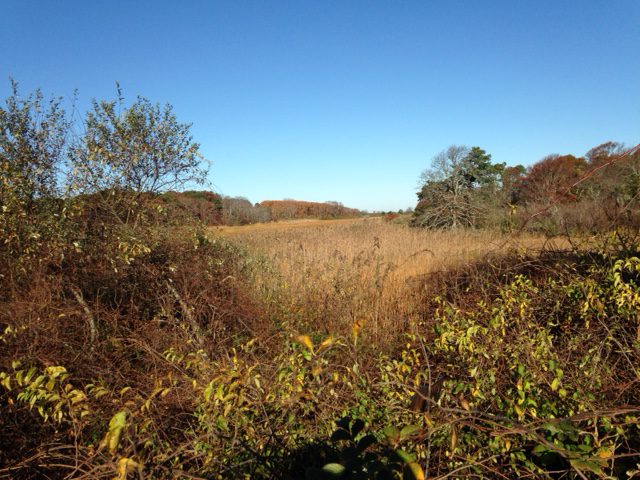
On a sunny, warm day last week I took a quick spin around the loop of my favorite neighborhood beach. A lot of people were out, and many were up to their wader hips in the water, using rakes and clear boxes to find shellfish on the bottom.
Hundreds of sanderlings ran back and forth, grabbing little morsels from incoming waves. Gulls floated near the folks hunting for scallops, hoping to snag a free handout, no doubt. The farther I went, the more people I left behind until I was the only one standing on the rock jetty overlooking a sparkling sea.
A small group of ruddy turnstones ran back and forth, doing their turnstone thing. Some were in full winter plumage while others were sporting an in-between sort of look. I wondered as I watched them if they will spend the winter here or move on. They are late for migrants but there are always stragglers at this time of year. Some stay for most, if not all, of the winter so I guess only time will tell. I do find myself wishing I could have conversations with some of these birds, but alas, so far that is not happened out loud.
The snow buntings were right where I’d left them a week or so ago. A few horned larks, perhaps the same ones that nested there this summer, were foraging in the grasses. Hundreds of dune mushrooms spotted the ground as I walked through what at first appeared to be a barren land of sand and rugged grasses. This is a mound of sand left by the dredging of the harbor a dozen or so years ago. It has lost the poetic quality it had before its sudden and rather horrible transformation, but it has its own charm, if I look close enough.
I turned a corner to head towards the bay and what I saw nearly took my breath away. The whole foot of the dunes was covered with gold that glimmered in the afternoon light. The buntings flew over, their underwings and breasts bright in the reflected light. The rosa rugosa leaves, so lush and green all summer long, had taken on a rusty orange hue that was so delicious and wonderful that no photograph I took could capture it. So, I drew and painted it instead. Sometimes art does what the heart and mind see when the camera cannot.
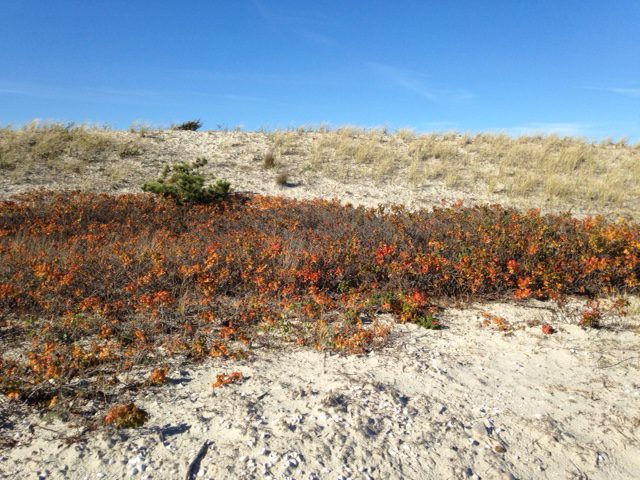
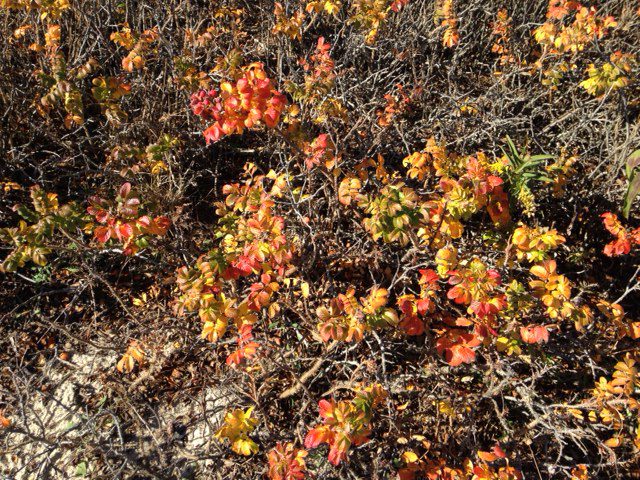
A song sparrow stood tall on a spindly branch and watched me. I couldn’t help but think it is the same one that watched me last winter, spring and summer. I have no way of proving that, just a feeling. Song and Savannah sparrows are prevalent here and nest at the base of the rose bushes each year. They have some of the best real estate in town, though the winters can be brutal there.
As I walked back down the beach, the water sparkled a brilliant blue. The sky was clear and the sun off the opposite shore shone white and bright. As a gull called out overhead I couldn’t help but think the change of colors was often sad, but also sparked with a glimmer of joy and hope.
